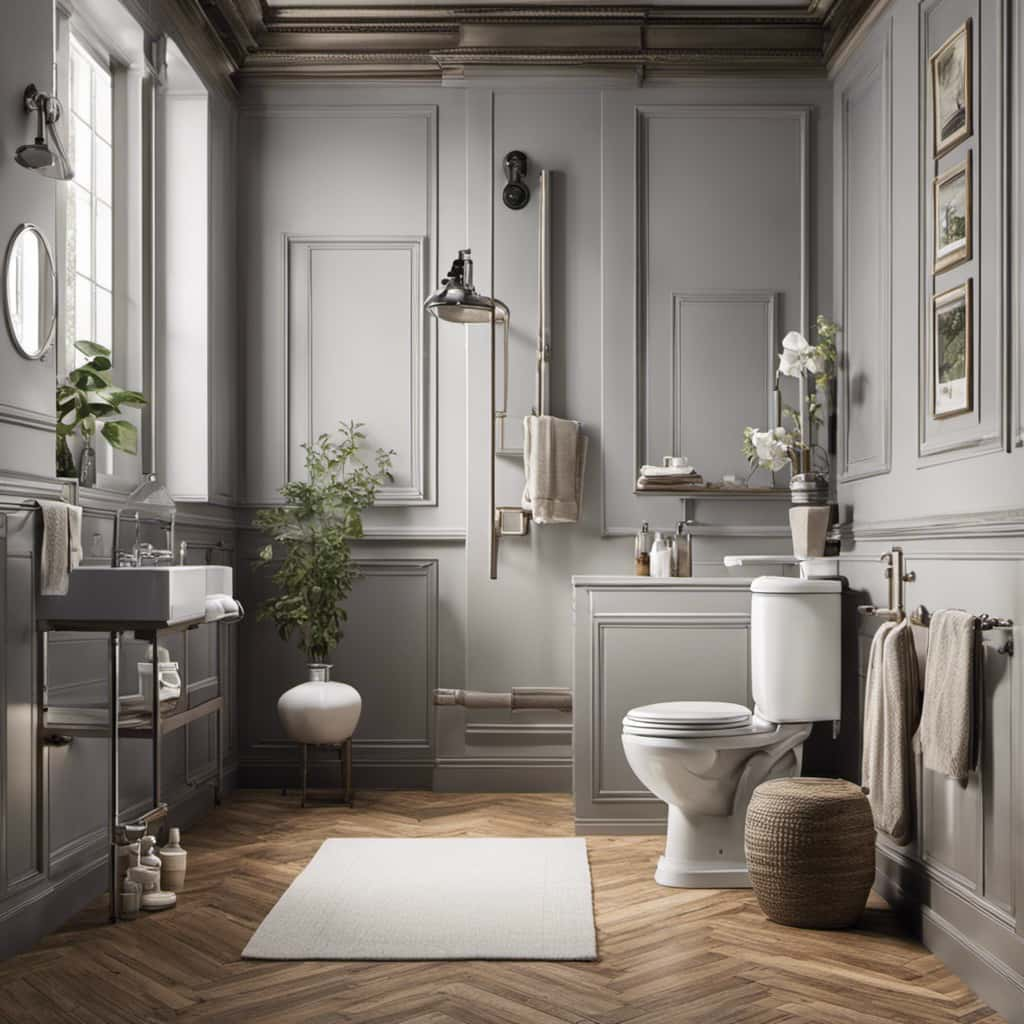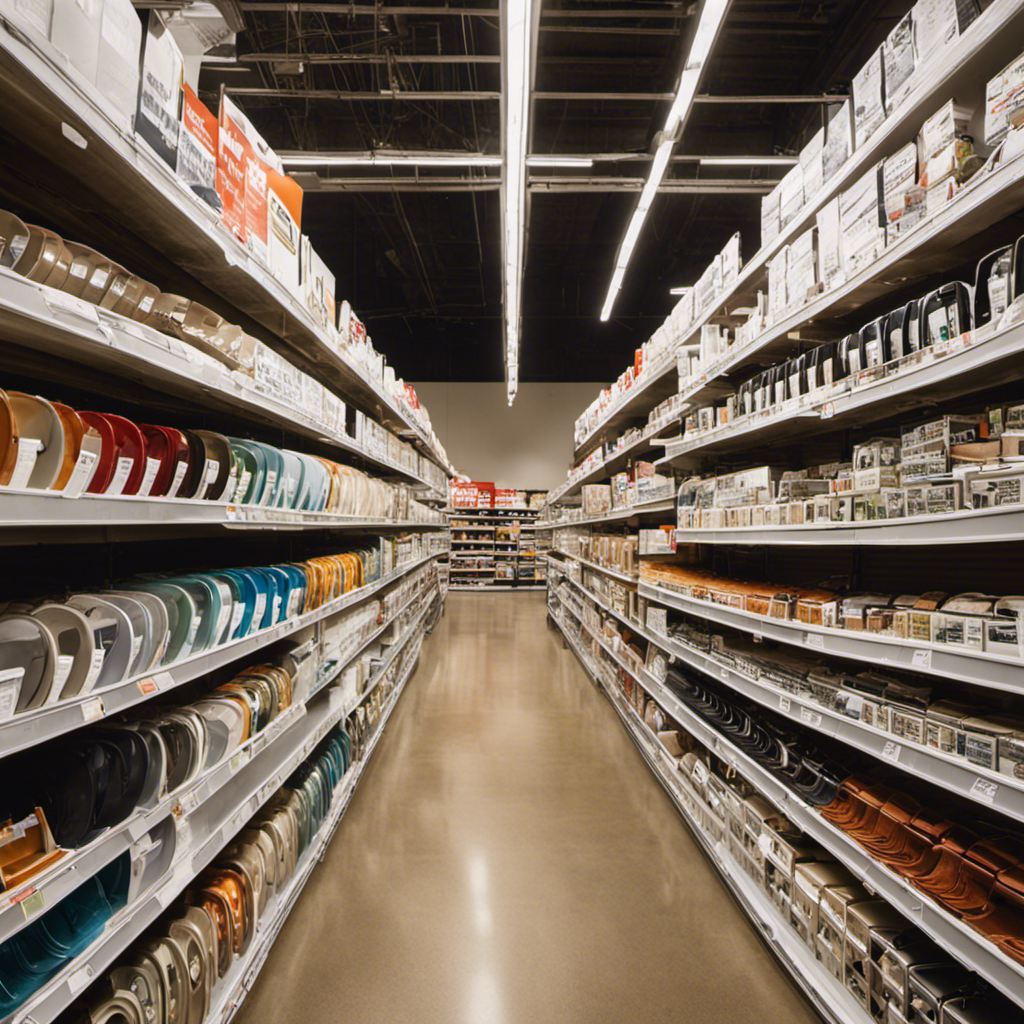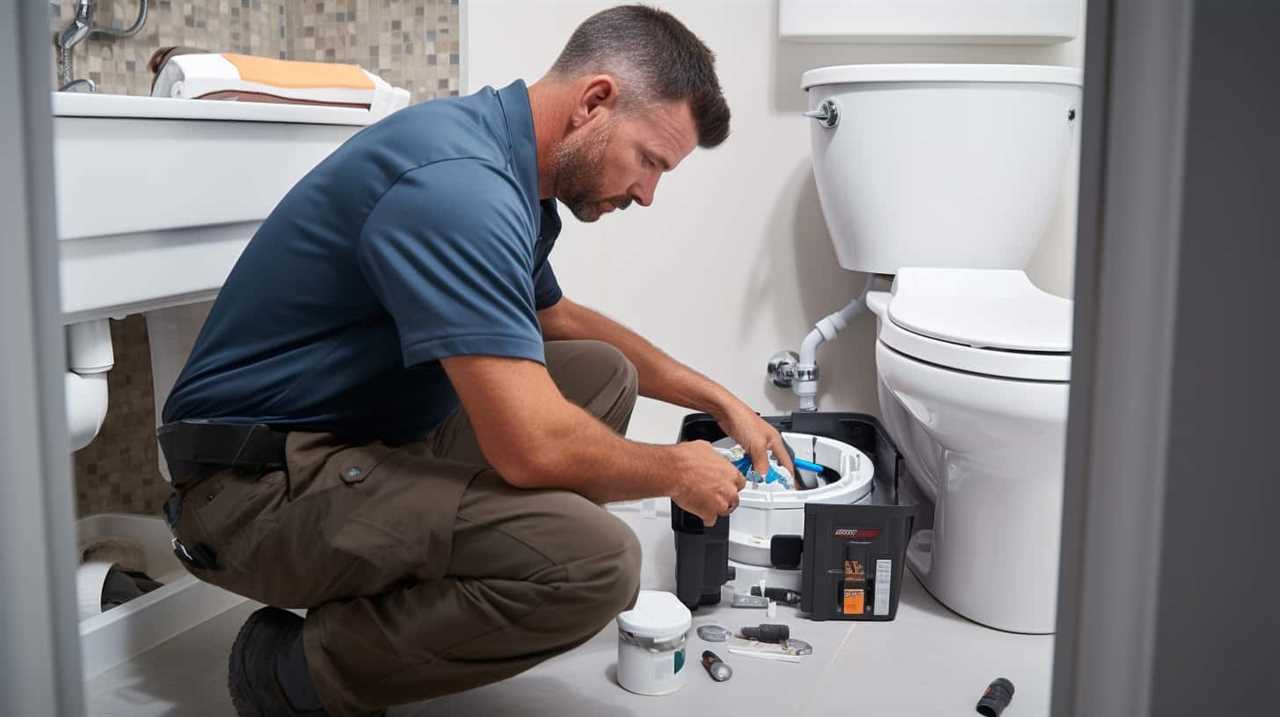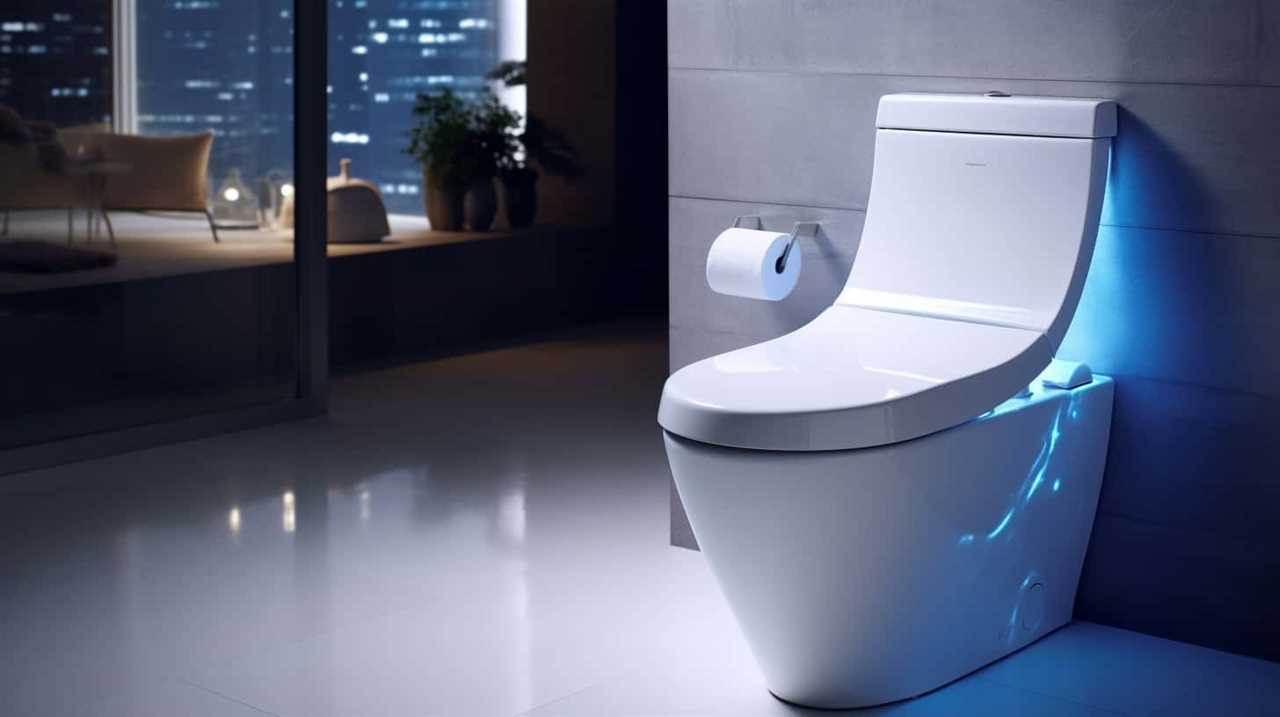Ever wondered why your toilet suddenly overflows without even flushing?
Well, fear not, as we are here to shed light on this enigmatic issue.
From a clogged toilet trap to a faulty flapper valve, there are several potential culprits behind this plumbing predicament.
In this article, we will explore the various causes of a toilet overflow and equip you with the knowledge to tackle this problem like a true expert.
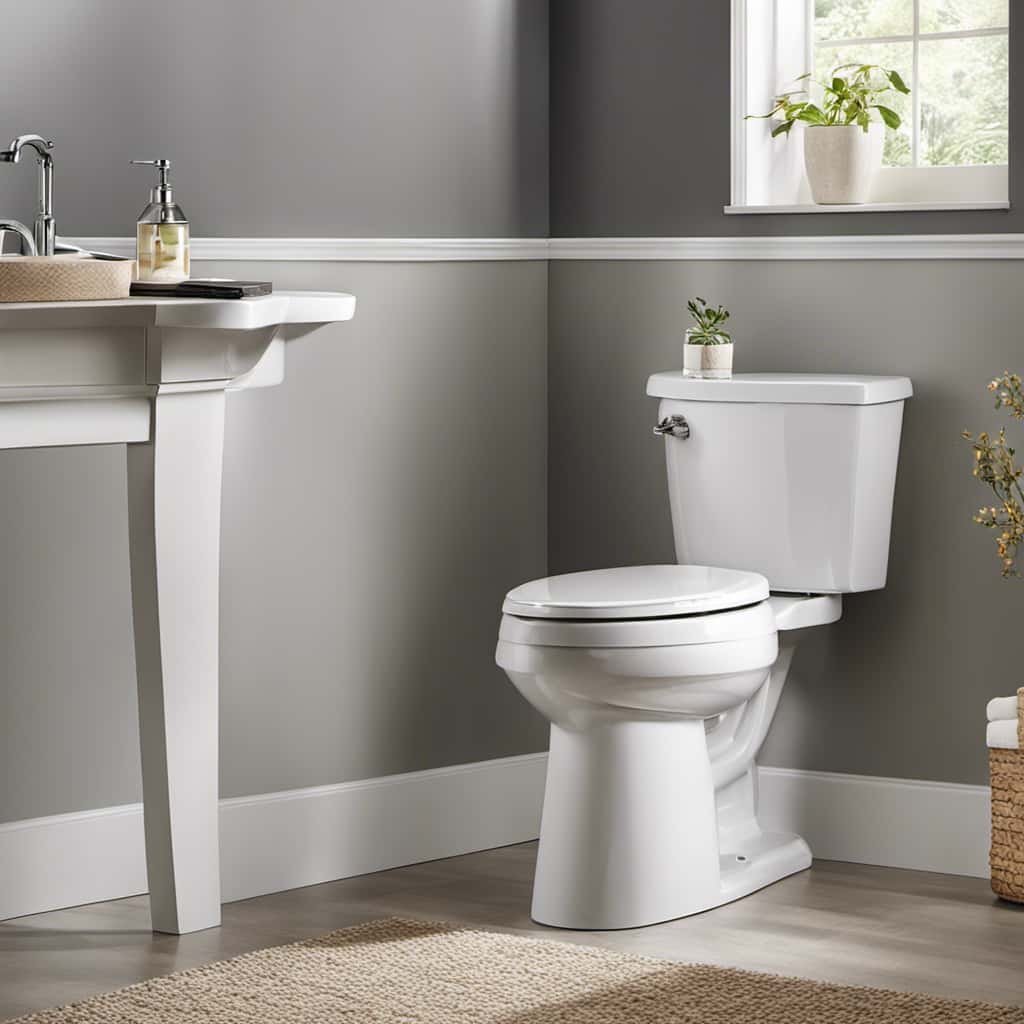
So, let’s dive in and unravel the mysteries of toilet overflow without flushing.
Key Takeaways
- Clogs in the toilet trap, caused by debris or excessive toilet paper usage, can lead to overflow without flushing.
- Flushing non-flushable items can block the sewer line and cause the toilet to overflow.
- Tree root intrusion into the sewer line can obstruct and damage the system, resulting in overflow.
- Malfunctioning fill valves and faulty flapper valves can cause excessive water to enter the toilet tank, leading to overflow without flushing.
Clogged Toilet Trap
Sometimes, we encounter a clogged toilet trap that can cause a toilet to overflow without flushing. The toilet trap, also known as the P-trap, is a curved section of pipe located beneath the toilet bowl. Its purpose is to prevent sewer gases from entering the bathroom.
However, over time, this trap can become clogged with debris such as toilet paper, hair, and even small objects. When this happens, water from the toilet bowl can’t flow through the trap and into the drain pipe, resulting in an overflow.
To resolve this issue, toilet plunging may be effective in dislodging the blockage. If plunging doesn’t work, drain cleaning may be necessary to remove the clog and restore proper toilet function.
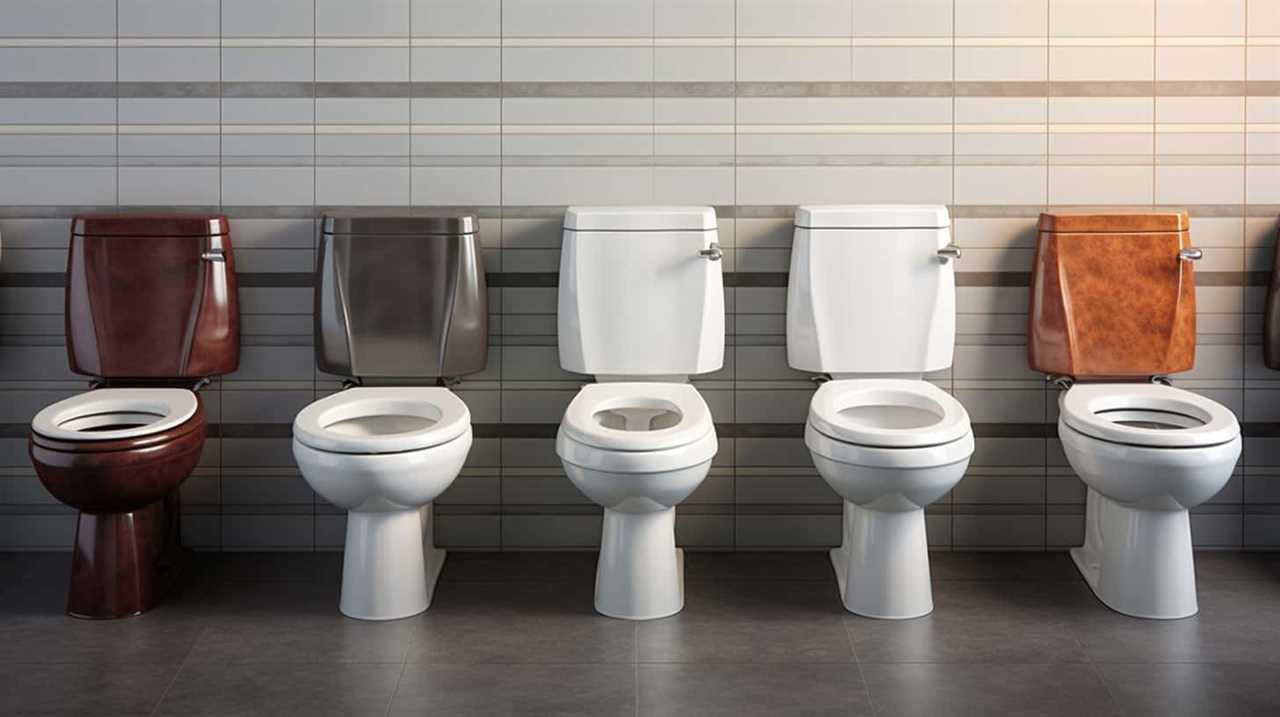
Malfunctioning Fill Valve
Our toilet may overflow without flushing if the fill valve malfunctions. The fill valve is responsible for controlling the water flow into the toilet tank after each flush. When it malfunctions, it can cause an excessive amount of water to enter the tank, leading to an overflow.
To troubleshoot and repair a malfunctioning fill valve, consider the following steps:
- Check the water level: Ensure that the water level in the tank isn’t too high, as this can indicate a faulty fill valve.
- Inspect the float: Examine the float arm and ball to ensure they aren’t damaged or obstructed.
- Clean or replace the fill valve: Remove any debris or sediment that may be blocking the fill valve and consider replacing it if necessary.
By properly troubleshooting and repairing the fill valve, you can prevent future overflows and maintain a well-functioning toilet.
Now, let’s move on to the next section about a blocked sewer line.

Blocked Sewer Line
A blocked sewer line can result in a toilet overflowing without flushing. Maintaining the sewer line is essential to prevent such issues. Regular sewer line maintenance helps to avoid blockages and maintain proper functioning. There are several common toilet blockages that can contribute to a blocked sewer line, including excessive toilet paper usage, flushing non-flushable items, and tree root intrusion. The table below illustrates these common toilet blockages and their potential impact on the sewer line:
| Common Toilet Blockages | Impact on Sewer Line |
|---|---|
| Excessive toilet paper | Accumulates and clogs the line |
| Flushing non-flushable items | Causes blockages |
| Tree root intrusion | Roots grow into the sewer line, causing obstructions and damage |
To prevent a blocked sewer line, it is crucial to educate users about proper toilet usage, avoid flushing non-flushable items, and consider regular sewer line inspections and maintenance. By following these practices, one can ensure the smooth functioning of the sewer system and prevent toilet overflows.
Faulty Flapper Valve
One possible cause of a toilet overflowing without flushing is a faulty flapper valve. The flapper valve is responsible for regulating the water flow from the tank into the bowl during a flush. When the flapper valve is faulty, it fails to create a proper seal, causing water to continuously flow into the bowl. This can lead to an overflow if not addressed promptly.
Common issues with a faulty flapper valve include:
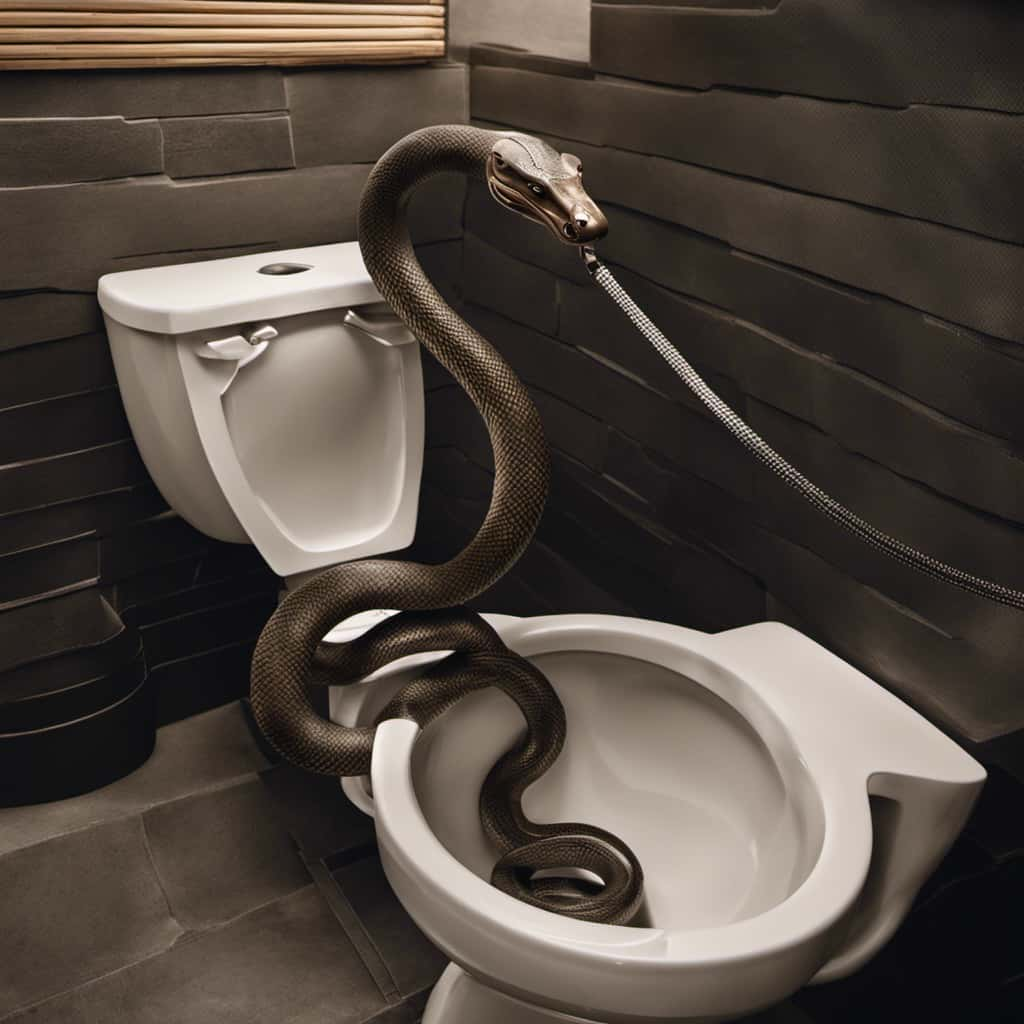
- Misalignment: The flapper valve may not be properly aligned with the flush valve, preventing a tight seal.
- Wear and tear: Over time, the flapper valve can deteriorate, leading to leaks and improper sealing.
Potential solutions for a faulty flapper valve include:
- Adjusting the alignment: Ensuring the flapper valve is properly aligned with the flush valve can help create a better seal.
- Replacing the flapper valve: If the valve is damaged or worn out, replacing it with a new one can resolve the issue.
Addressing a faulty flapper valve is crucial to prevent toilet overflows and maintain proper functionality.
Now, let’s move on to discuss the next potential cause: excessive water pressure.
Excessive Water Pressure
To address the issue of toilet overflow without flushing, let’s explore the potential cause of excessive water pressure. Excessive water pressure can lead to water damage and various plumbing issues.
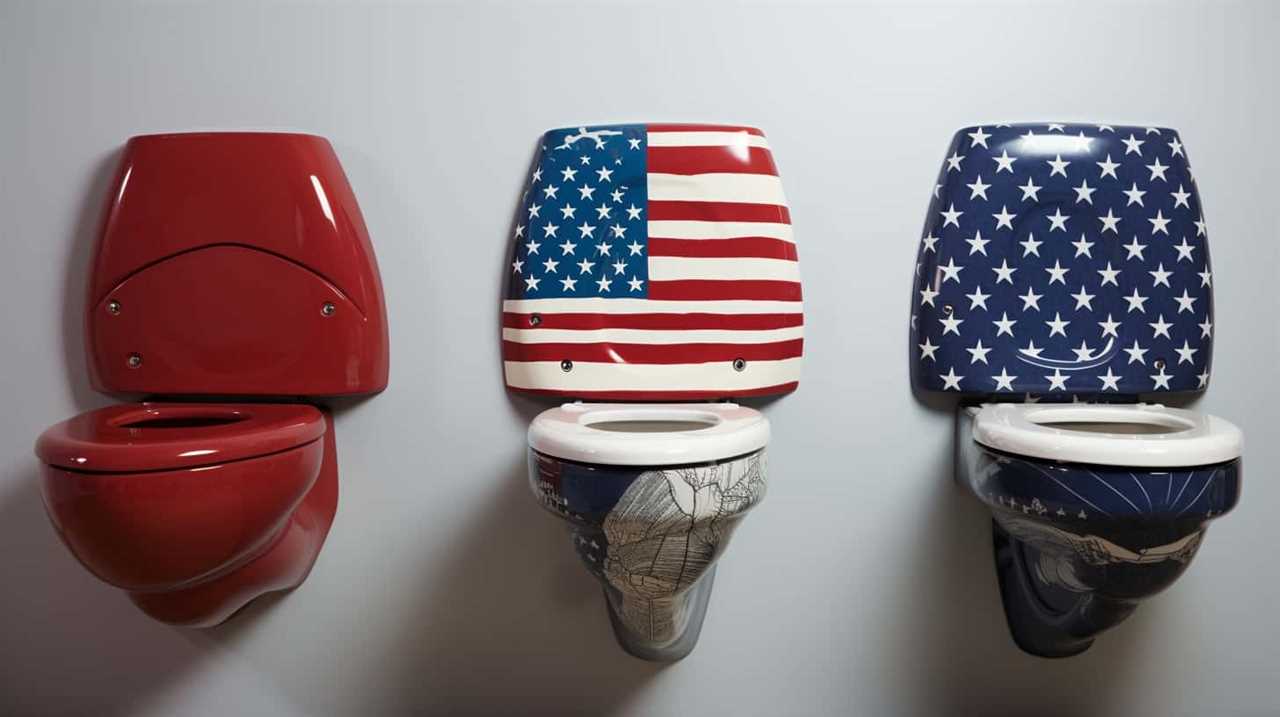
When the water pressure in the pipes exceeds the recommended level, it puts strain on the toilet’s internal mechanisms, including the fill valve and flapper valve. The increased pressure can cause the flapper valve to remain open, allowing water to continuously flow into the toilet bowl. This constant flow of water eventually leads to an overflow.
To prevent this, it’s important to check and regulate the water pressure in your home. A pressure regulator valve can be installed to maintain a safe and optimal water pressure, reducing the risk of toilet overflow and potential water damage.
Frequently Asked Questions
How Can I Prevent a Clogged Toilet Trap From Occurring in the First Place?
Preventive measures for a clogged toilet trap include regular maintenance, such as avoiding flushing non-flushable items. Troubleshooting techniques involve using a plunger or a toilet auger to clear any obstructions in the trap.
Is It Possible for a Malfunctioning Fill Valve to Cause a Toilet to Overflow Even After Flushing?
Yes, a malfunctioning fill valve can cause a toilet to overflow even after flushing. This happens when the valve fails to shut off, allowing water to continuously flow into the tank, exceeding its capacity.
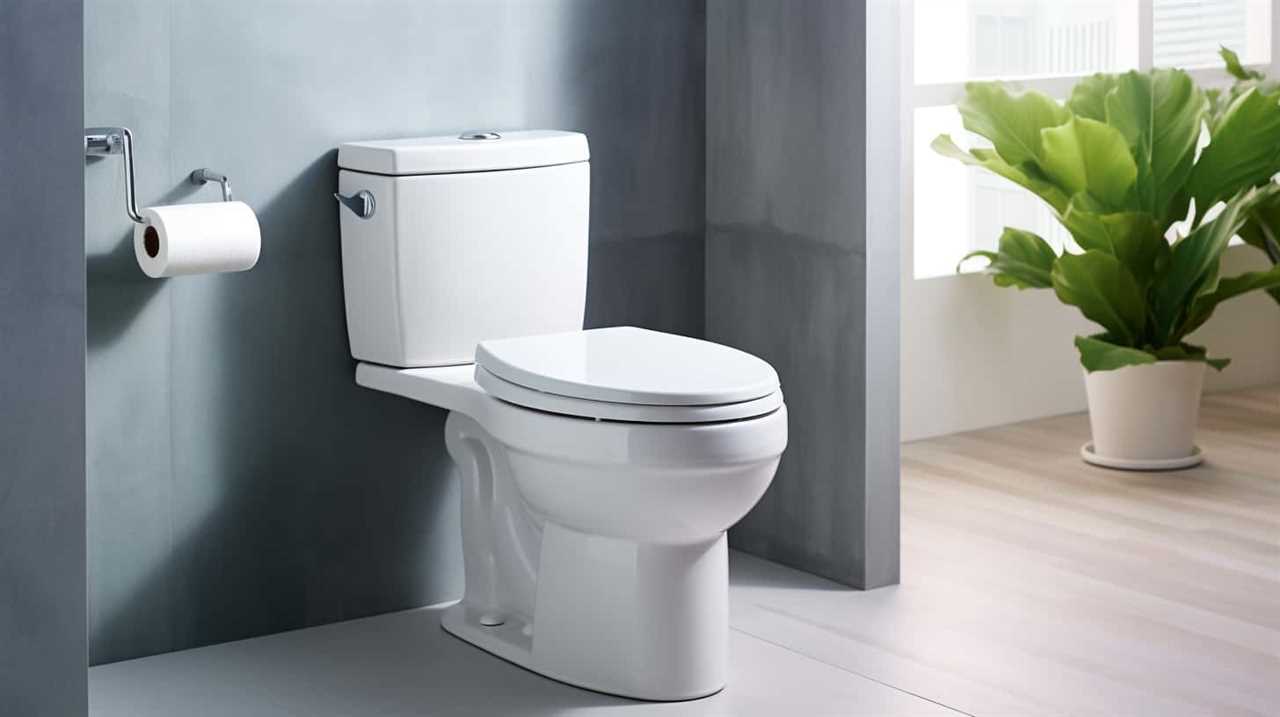
What Are Some Signs That Indicate a Blocked Sewer Line as the Cause of a Toilet Overflow?
Signs of a blocked sewer line include multiple drains clogging simultaneously, gurgling sounds from drains, and sewage backups in the lowest point of your house. To unclog a toilet trap, try using a plunger or a plumber’s snake.
Can a Faulty Flapper Valve Be Easily Repaired or Does It Require a Complete Replacement?
A faulty flapper valve can often be repaired rather than requiring a complete replacement. However, the extent of the damage and the specific model of the valve will determine the best course of action.
Are There Any Potential Dangers or Risks Associated With Excessive Water Pressure in a Toilet?
Excessive water pressure in a toilet can pose risks such as leaks, bursts, and overflows. To fix this issue, it may require adjusting the water pressure regulator valve or installing a pressure-reducing valve.
Conclusion
In conclusion, when it comes to toilets overflowing without flushing, the culprits can range from a clogged toilet trap to a malfunctioning fill valve, a blocked sewer line, a faulty flapper valve, or even excessive water pressure.
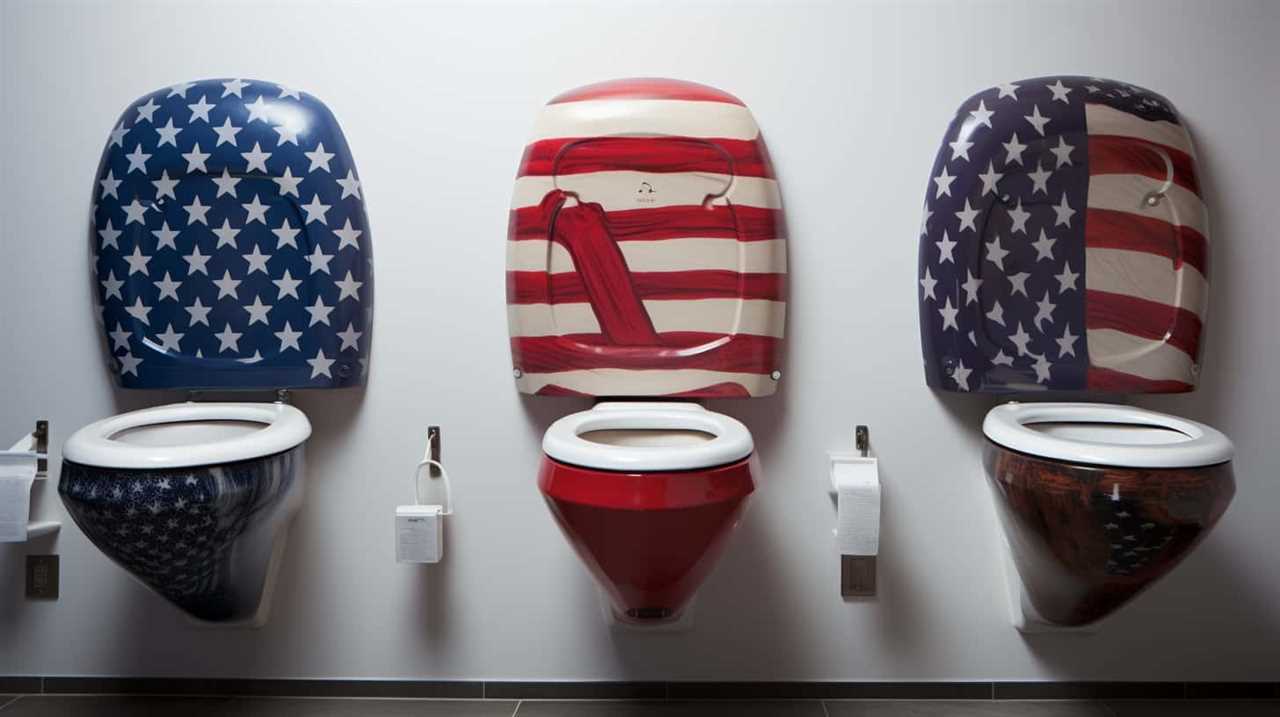
It’s crucial to address these issues promptly to prevent further damage. Just as a river bursts its banks, a toilet overflow signifies the need for immediate action to avoid a flood of inconvenience and potential havoc.
